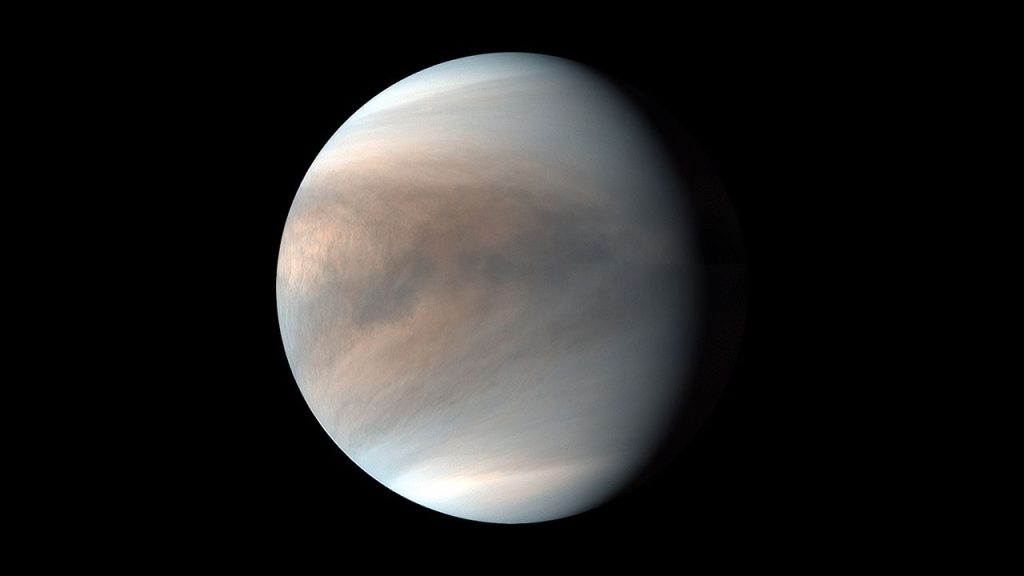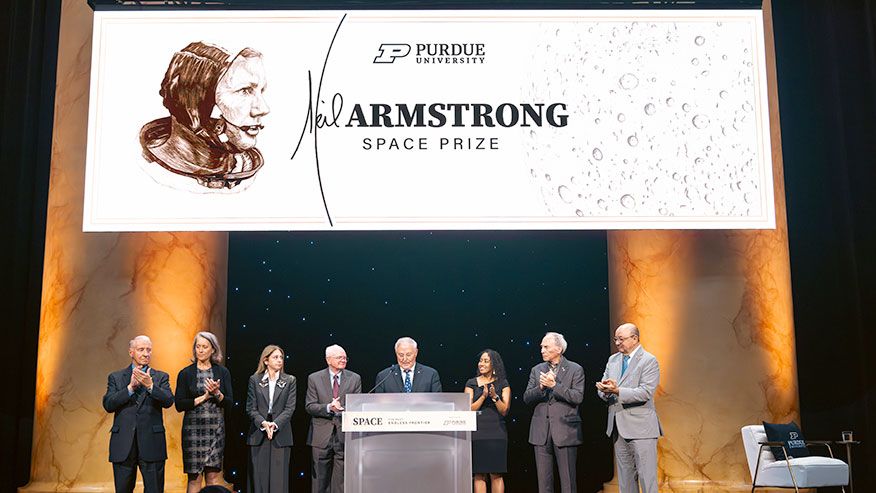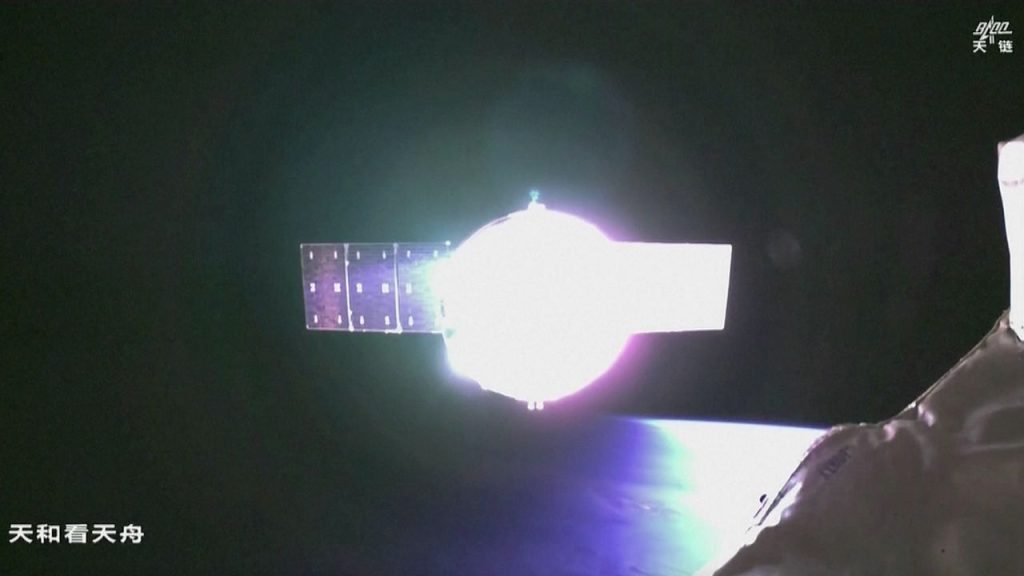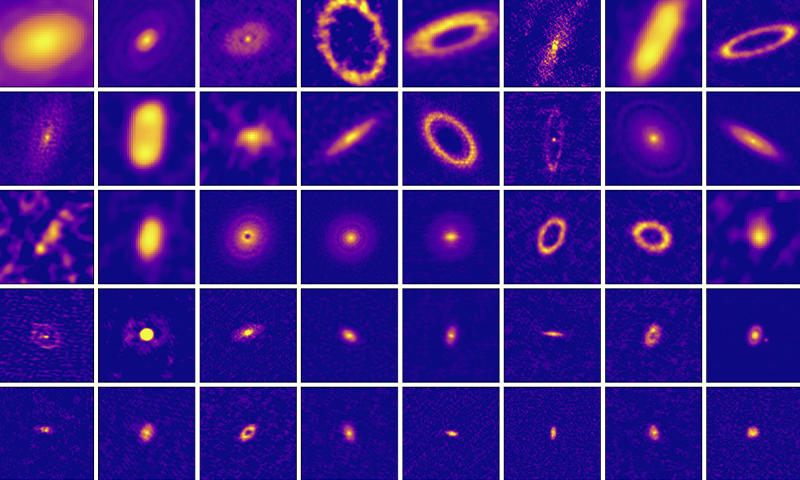Now Reading: Earth’s Ancient Green Glow: A Glimpse into Its Past
-
01
Earth’s Ancient Green Glow: A Glimpse into Its Past
Earth’s Ancient Green Glow: A Glimpse into Its Past

Quick Summary
- Researchers led by Taro Matsuo at Nagoya University,Japan,have discovered that earth’s oceans were green during the Archaean Eon (4.0 to 2.5 billion years ago), rather than the blue color familiar today.
- The green hue was due to high iron levels in the oceans from hydrothermal vents, which converted into iron hydroxide as cyanobacteria produced oxygen.
- Cyanobacteria thrived under these conditions and precipitated the Great Oxygenation Event that transformed Earth’s atmosphere, paving the way for higher life forms in water and on land.
- Experiments cultivating cyanobacteria suggest specialized pigments called phycobilins evolved to harness green light for energy.
- Green environments similar to those of ancient Earth exist today in regions like lakes around Spain, Indonesia, France, and Japan’s Iwo Island.
- Recent studies show tropical ocean regions are becoming greener due to climate change-related shifts in phytoplankton populations over two decades.
- Matsuo is collaborating with NASA Ames Research Center on using “green oceans” as an indicator of life on exoplanets.
Lead Image: 100Y Design / Shutterstock
Indian Opinion Analysis
India’s scientific community has an prospect to engage with this groundbreaking research that links early Earth’s environment with microbial evolution. The findings provide crucial insights into environmental co-evolution-a theme increasingly relevant given current climate challenges globally and locally.
For India specifically:
- Studies highlighting changes in oceanic phytoplankton align with concerns about rising temperatures affecting India’s coastal ecosystems and fisheries economy-the country coudl explore collaborations for monitoring localized effects of such phenomena through advanced satellite systems or marine studies akin to these global projects.
- India’s expertise on pollution control could benefit from examining environments resembling ancient Earth (like iron-rich Indian water bodies) both scientifically-tracking how ecosystems react-and practically-understanding resource transformations like oxygenation processes critical for sustainable development.
advancing space exploration programs such as ISRO can leverage research targeting biosignatures like “green oceans” alongside ongoing searches for extraterrestrial life-expanding India’s contribution toward global astronomy dialog firmly rooted across data-backed pursuits here connecting terrestrial impacts multilayered societal importance perspectives shaping earth-science future planetary stewardship fields forefront vision change unity-inclusive collaborative spheres path




























